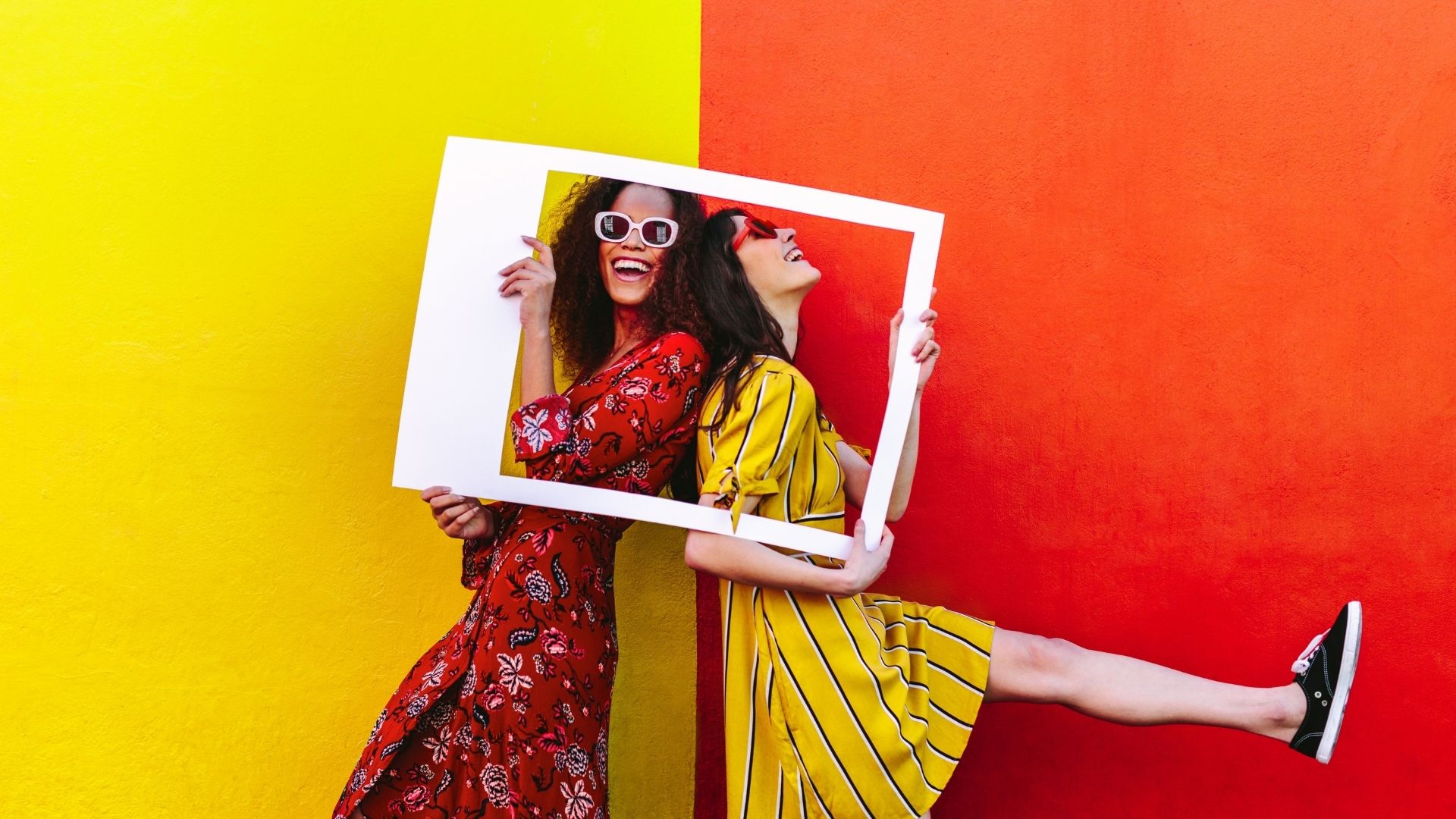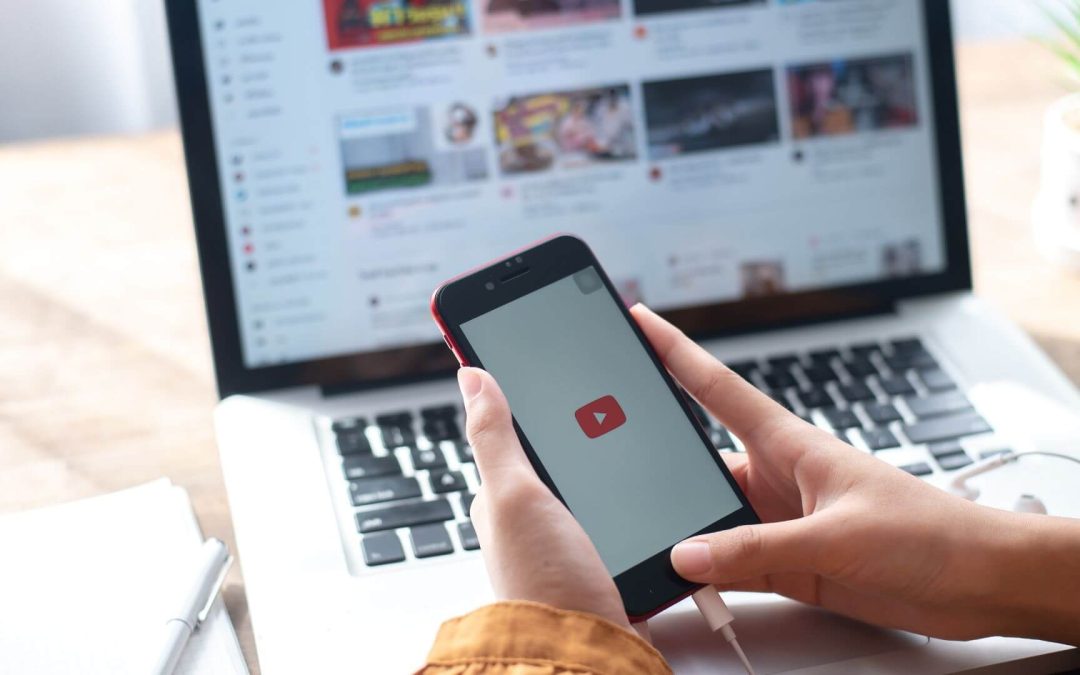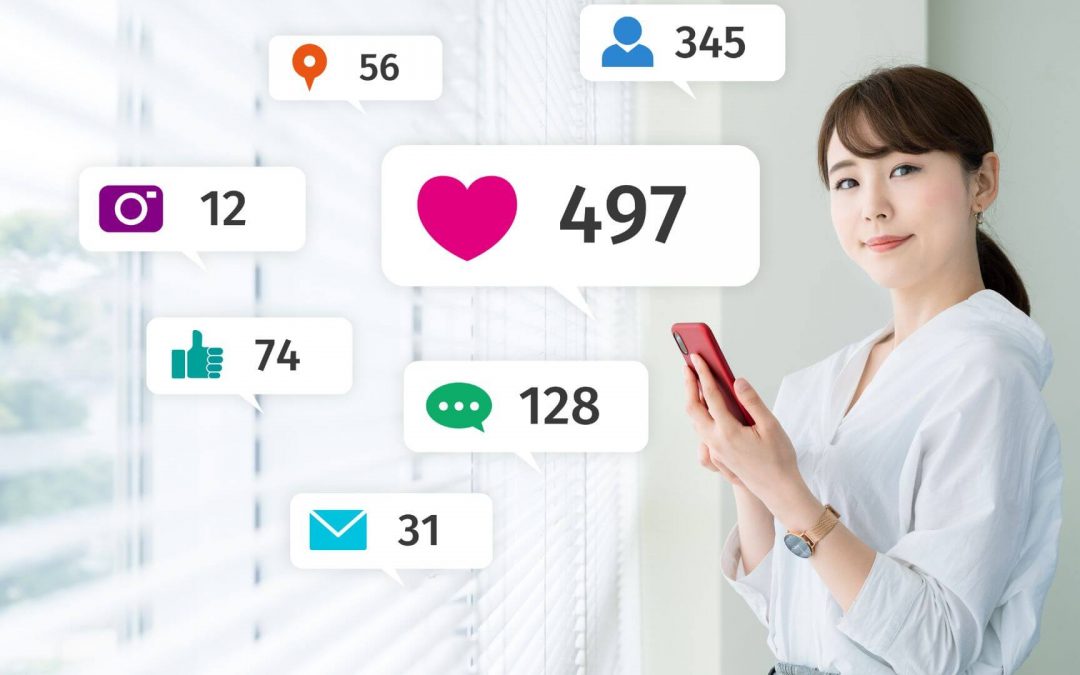Influencer partnerships are ruling the forte of marketing now and will only keep evolving in the future. Brands and influencers alike find ways to collaborate, create, and thrive together in this new way of doing business. Whitelisting on Instagram, Facebook, and other social media sites is one such innovation that turns organic content sharing into ads, pushing brand partnerships to the next level.
What Is Influencer Whitelisting?
When an influencer provides their brand partner permission to advertise, this is known as whitelisting. These advertiser rights enable a company to create and upload an ad using the influencer’s handle, then promote it to a specific audience. Advertisers can also target specific audiences with data from influencer’s accounts while maintaining account security.
Although they don’t appear on the influencer’s organic page, they seem to be influencer postings. “Dark postings” are advertisements like this. Dark posts appear to be comparable to regular Instagram material on a user’s feed, and they can be interacted with in the same way as any other Instagram post (commenting, sharing, click-to-shop, hashtags, etc.). What are the advantages of dark postings not appearing on an influencer’s page? Brands get more bang for their budget, and Instagram influencers don’t exhaust their followers by flooding their organic feed with #sponsoredposts, diminishing their engagement rate. Win-win.
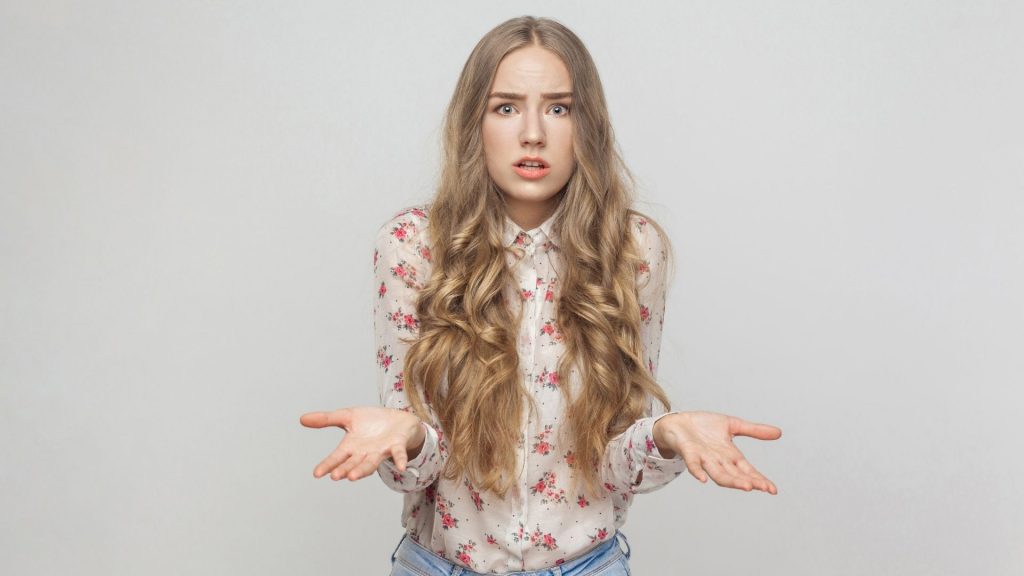
A few things you need to know about influencer whitelisting on Instagram
- Your brand partner wants to engage with all of your followers, as well as anyone who isn’t currently following you but may be interested in your page, and, by extension, the company’s product/services.
- There are Instagram users who have never heard of you but would love your page if they found it, regardless of how many followers you have (20k, 100k, 500k, 1 million).
- Organic interaction on Instagram is at an all-time low, with bought promotions taking up the top spots in users’ feeds.
- You deserve to know everything about your account, and you shouldn’t adopt a system (no matter how wonderful it is) that leaves you in the dark about your content, likeness, and other details.
- When it comes to whitelisting, there are many terms to get your head around. “Dark posting” is one of them, and it’s a tool you’ll want to be familiar with.
Whitelisting Risks & Benefits For Influencers
In a nutshell, this is a terrific option for brands to acquire traction with Instagram ads, leverage their look-alike audience, and leverage their influencer marketing strategy – which in turn could benefit you monetarily. There are certain dangers and caveats here. As a result, it’s critical to comprehend what whitelisting involves and be cautious about whom you grant access to.
The risks
- Sharing access to your personal account
Influencers frequently find it difficult to give brands this kind of control in a whitelisting partnership. However, this doesn’t mean that most influencers are opposed to whitelisting. Influencer’s Instagram posting is personal property, and a whitelisting agreement relinquishes some of that ownership.
- Giving up on creative control
Brands will create and publish Instagram ads on your behalf using your handle. This doesn’t give you much control over how those ads appear or whether they fit in with the rest of your Instagram feed. Depending on the brand partner, they may or may not choose to share the post with you before uploading.
- Visibility is minimal
Dark posting essentially means that you will not be able to see these ads created as part of whitelisting on Instagram. Also, you will not know who sees these ads because the brand has the right to tap into any specific part of your audience that they want. All you can do is make sure that the brand partner is trustworthy.

The benefits
- Extends reach
One of the most significant benefits of whitelisting for creators is the increased reach of their audience. Whitelisting allows companies to reach a larger, like-minded audience while exposing creators to new audiences who may not have previously interacted with their social media channels. Brands are paying to get your content before the individuals who are most likely to follow you!
- Growth in fanbase
The increased exposure might soon result in a much larger fan base. Users are more open to sharing or subscribing to a channel if the posts are appealing and engaging. This can also result in increased brand recognition and audience participation.
- Boosts engagement
As a result of whitelisted Instagram content, influencers might see exponential growth in their engagement. According to research, sponsored posts get greater interaction than non-sponsored posts since influencers put more effort into creating high-quality content when they’re sponsored, and Instagram’s algorithms prioritize “better quality” posts.
- Develop lasting relations
Whitelisting is usually a win-win situation for both companies and creators. Brands may tap into the influencer’s Instagram following by using their true voice, and influencers can gain more exposure and followers as a result. This relationship can lead to long-term professional collaborations and more successful influencer marketing.

Pros & Cons Of Influencer Whitelisting On Instagram
Knowing what you are getting into by signing up for whitelisting on Instagram could help you decide better on the partnership with a brand. There are pros and cons to consider, whether they make sense for your overall goals and influencer career in the long run.
Pros:
- Brands often pay top dollar for you to be whitelisted in every influencer campaign. This comes with a lot of exposure for you. Since you may also be looking beyond one-time partnerships to a continued relationship with the brand, better results for both ensure that you have a long and fulfilling relationship. If the brand and you hit it off, campaign after campaign, you may potentially be looking at becoming a brand ambassador.
- You can tap into unchartered audience segments if you have a high affinity with the brand. People won’t just click on the “shop” button but may also check out your social page and follow you. So the synergies between you and the brand can add to your audience density.
- Whitelisting is increasingly gaining popularity, with both brands and influencers realizing the benefits it brings. Hence, sticking to organic content alone sounds less interesting to both parties.
- You don’t have to feature every ad on your page since the brands can be dark posting content from their end. This gives you the liberty to keep posting your content since your followers won’t be fatigued by ads.
Cons:
- It is a time-consuming process. Whether manually whitelisting or dark posting with a brand, knowing the ins and outs of the tools of the trade is a time-consuming process. Is it worth the investment? That’s something you need to give proper thought to.
- Sometimes brands may be targeting audiences very different from your segment. This could lead to a disconnect and distrust among your followers and your brand.
- Some brands may require exclusivity for some time, say 30 days, during which you may not be allowed to work with other brands. This may be a deterrent to your associations with other brands depending on your case.
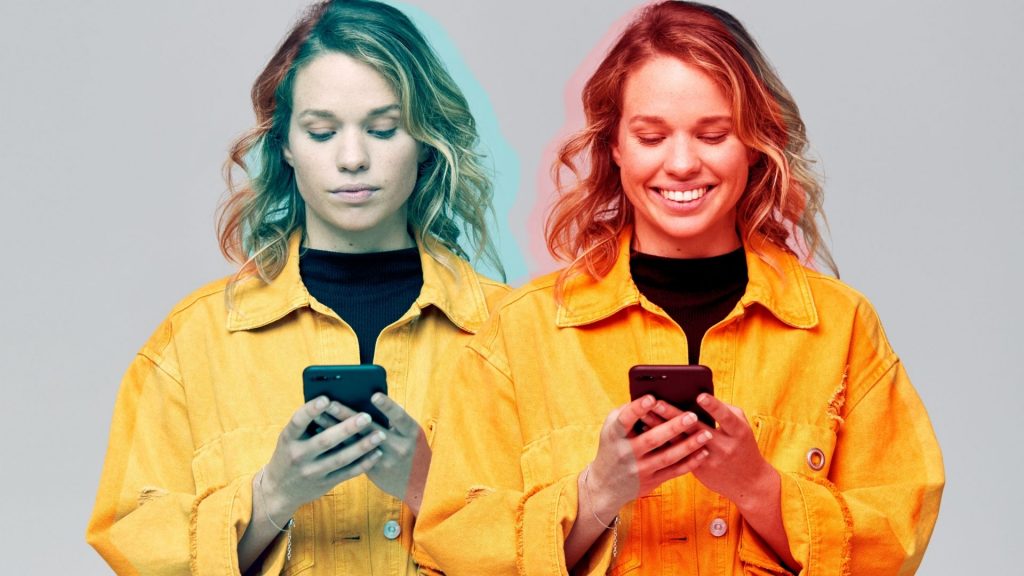
How Can Influencers Grant Whitelisting Permissions On Instagram?
Influencers can complete whitelisting on Instagram in two ways:
1. Give your username and password
Simply provide your username and password to the brand. They must be trustworthy, so no inappropriate ads are going out with your name on them. A word of caution – it is best to avoid this practice unless there is no other choice.
2. Grant permission via Facebook
If you don’t already have one, you’ll need to create a new Facebook Business Manager. This strategy requires some familiarity with Facebook’s advertising tools. Your brand partner will most likely offer you instructions in the form of a PDF file, but if you run into problems, you’ll need to contact the brand/agency and discuss it.
To permit specific Instagram accounts access to all of your content in Creator Studio:
- Go to the Rights Manager in Creator Studio.
- Select Account and click on the Settings tab.
- Under Permissions, add the Instagram account name.
How Much Should You Charge For Whitelisting On Instagram?
The three most popular ways in which you can present whitelisting fees are:
Include in collaboration fees
Instead of charging an extra cost for whitelisting and offering a base price, many influencers are acting as if whitelisting is the norm, which it surely is. It could range anywhere from $250 to $3,000. Some influencers charge a portion of the ad spend, usually between 4% and 5%. Others prefer a commission based on sales.
Additional fees based on time period
Some influencers also bill brands for the time their content is used, while others quote based on the whitelisting terms charted out with the brand. Here, the biggest factor will be the length of the whitelisting term.
Variable fees
Some charge a variable fee depending on the number of times the ad appears in the media. More prominent celebrity influencers whom talent managers represent frequently do this less common fee type. This fee is calculated as a proportion of the ad spend. For instance, if the company spends $50,000 on content promotion, the influencer will be paid $2,000.

Ready To Whitelist on Instagram?
Overall, whitelisting on Instagram, with the right clarity and contractual agreements, could turn out to be a fruitful association for you as an influencer. It is a sure-fire way to get your reach expanded while building relationships with brands.
However, keeping up with every mutation of the influencer marketing world can be challenging and draining. Our AI-based platform, Atisfyre, will help you have a more holistic and organized way of building your relationships with the best brands from all over the world. Atisfyre revolutionizes the way influencers collaborate with brands, enabling them to monetize their creativity.
Simplify your influencer business. Guaranteed payment, easy paperwork! Sign up with Atisfyre for free. NOW!

